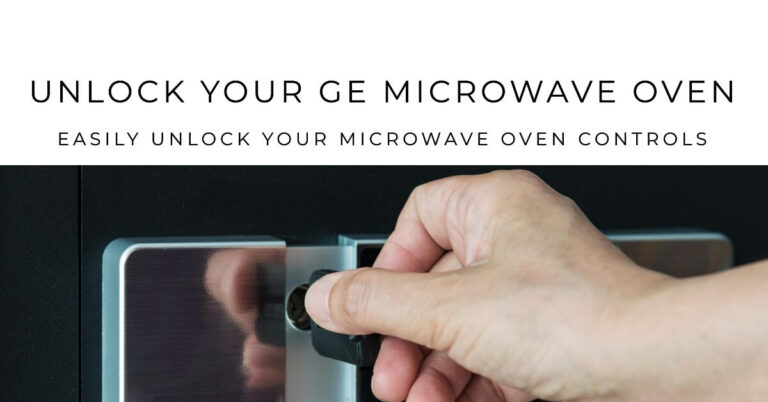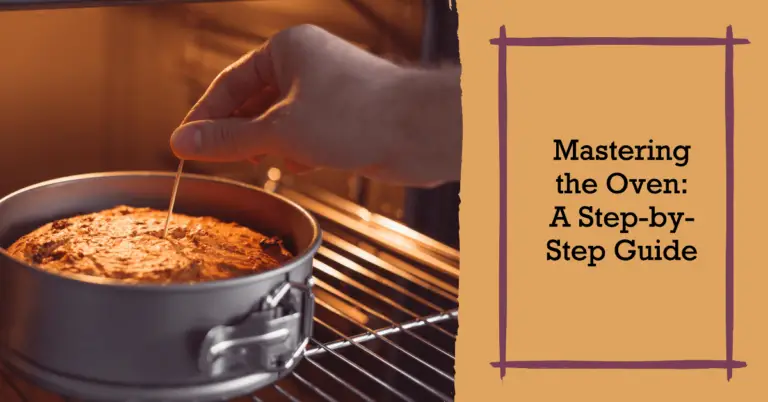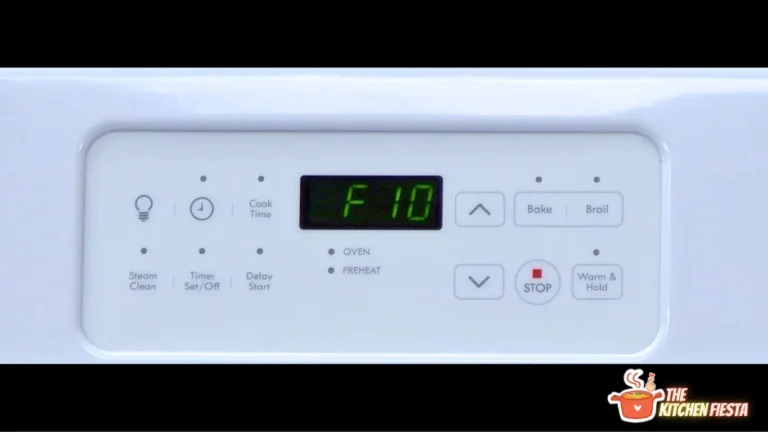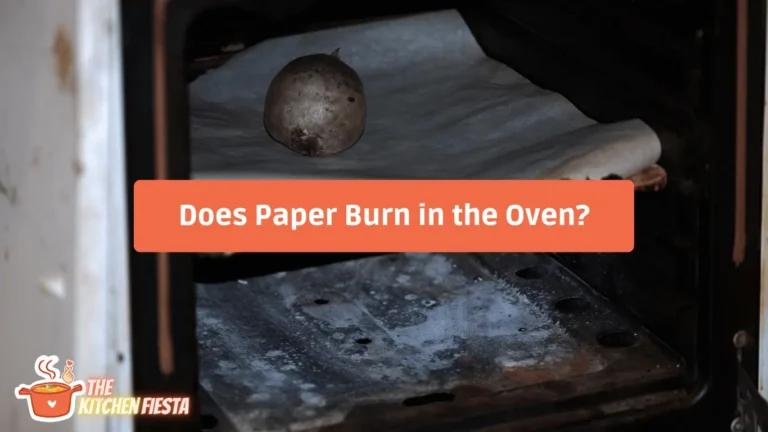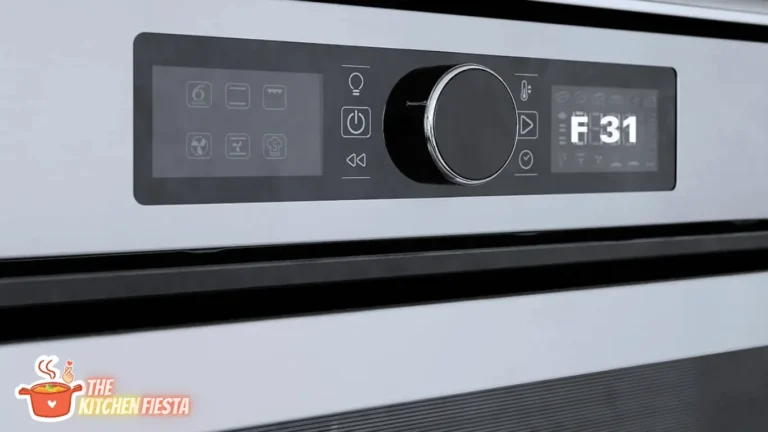Is a Microwave the Same Thing as a Microwave Oven?
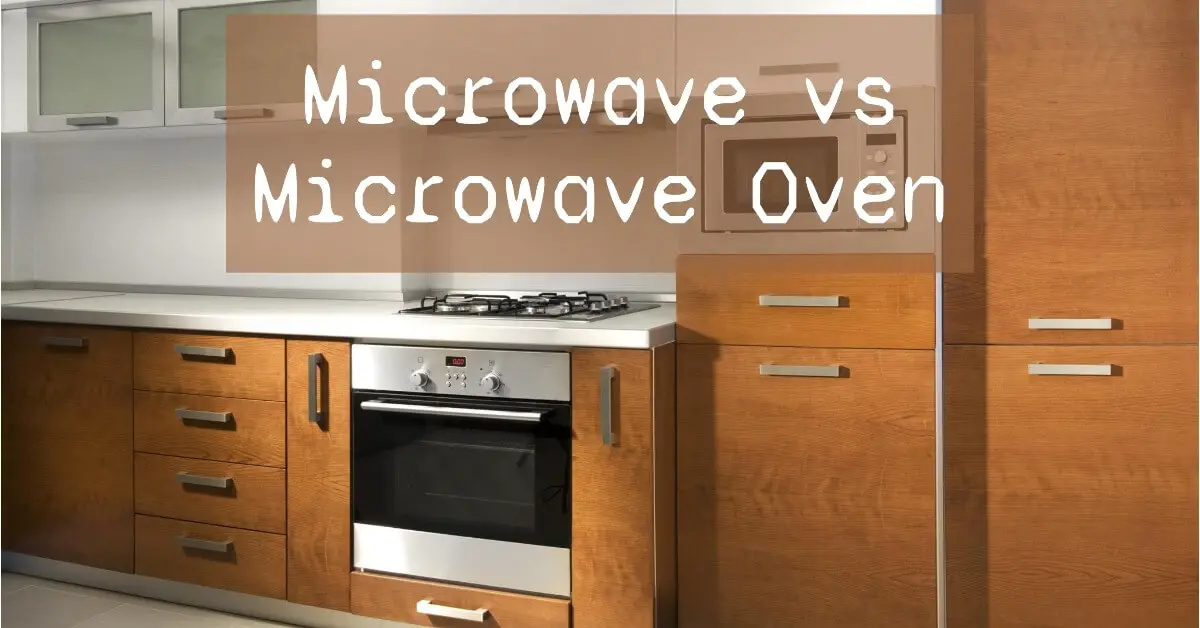
Microwaves and microwave ovens are actually different appliances. While microwave ovens use microwave radiation to quickly heat food, microwaves refer to the electromagnetic waves themselves.
Cooking technology has come a long way. Whereas ovens and stovetops were once the only options, now busy cooks have access to specialized appliances like microwaves and convection ovens that use advanced technology to cook foods quickly and conveniently.
But with so many choices, it’s easy to get confused. You may find yourself wondering—is a microwave oven the same thing as just a plain microwave?
The quick answer is no, they are different appliances. This article will explain exactly how microwave ovens work, how they differ from other ovens, and when to use a microwave oven vs a conventional oven for cooking tasks.
We’ll cover:
- What is a microwave and how does it work?
- What is a microwave oven and how is it different than a microwave?
- Comparing microwave ovens vs conventional ovens
- Convection ovens vs microwaves
- Microwave ovens vs toaster ovens
- Choosing the right appliance for the job
- Using microwaves and ovens safely
So whether you’re outfitting your first kitchen or just need a refresher on modern cooking appliances, read on to learn the key differences between a microwave oven and a regular microwave.
What Exactly is a Microwave and How Does it Work?
To answer whether a microwave oven is the same as a microwave, we first need to understand what the term “microwave” means.
Microwaves are a form of electromagnetic radiation—the same kind of radiation given off by radio waves, infrared radiation, visible light, and x-rays. Microwave radiation has a higher frequency and shorter wavelength than radio waves.
The microwaves used for cooking have a frequency of around 2.45 gigahertz (GHz), while radio waves are in the kilohertz (kHz), megahertz (MHz), and lower gigahertz range. This high vibration frequency is what allows microwaves to heat food rapidly.
Simply put, microwaves are a type of electromagnetic radiation best known for their ability to excite water molecules and produce heat. When food, which contains water molecules, is exposed to microwave radiation, the vibrations cause the molecules to vibrate and generate heat throughout the food.
This allows microwave radiation to cook foods very quickly—much faster than other heating methods that rely on the slow conduction of heat from the surface to the interior. The speed and convenience of microwave heating made this technology popular in household kitchens as well as commercial food production.
Now that we understand what microwaves themselves are, let’s look at how the microwave oven puts them to use for cooking.
What is a Microwave Oven and How Does it Differ From a Microwave?
A microwave oven is a kitchen appliance that cooks or heats food by exposing it to microwave radiation. Despite the similar names, a microwave oven is not the same thing as a microwave.
A microwave oven is a complete appliance, while a microwave simply refers to electromagnetic waves.
Here are the key components that make up a microwave oven:
- Magnetron: This tube generates the microwaves that are used to excite the water molecules in food.
- Waveguide: The microwaves travel from the magnetron through this guide and spread throughout the metal interior cavity.
- Metal interior cavity: This enclosed metal box concentrates the microwaves to heat the food.
- Turntable: The turntable rotates the food to promote even cooking.
- Controls: Allow the user to set power levels and cooking times.
Basically, the microwave oven uses a magnetron to generate microwave radiation, which enters the enclosed metal oven cavity and excites the water molecules in the food, making the food heat up through molecular friction.
The quick heat transfer makes microwave ovens a popular choice for quickly reheating leftovers, defrosting frozen foods, popping popcorn, and even cooking full meals in a fraction of the time of conventional ovens.
Now that we understand the basics of how microwaves and microwave ovens work, let’s look at how microwave ovens compare to full-size conventional ovens for daily cooking tasks.
Comparing Microwave Ovens vs Conventional Ovens
Microwave ovens and full-size conventional ovens use completely different methods to cook food, leading to differences in speed, versatility, and end results.
Some of the main differences between microwave ovens vs conventional ovens include:
- Microwaves use microwave radiation to excite water molecules and generate heat, while conventional ovens use electric heating elements or gas burners to indirectly heat the air and surrounding metal.
- Microwaves cook food much faster than traditional ovens—generally in minutes rather than hours. However, microwaves typically only heat food rather than browning or crisping.
- Conventional ovens allow for methods like baking, broiling, and roasting, while microwaves do not. Ovens can reach higher temperatures for tasks like pizza, bread, and pastries.
- Microwaves take up less space since the oven cavity is smaller. They can fit in places where a full oven is too big.
- Microwave ovens are generally less expensive than built-in ovens, making them a budget-friendly option.
- Conventional ovens provide more versatile cooking options like bakeware and multiple racks. Microwave interiors are simpler.
As you can see, microwave ovens and full ovens each have their own strengths and limitations. Microwaves work wonders for quickly reheating leftovers or cooking frozen dinners, while ovens excel at tasks like baking cakes and roasting meats.
Many households have both a microwave and a conventional oven to cover a full range of cooking needs. But newer oven technologies like convection cooking have started to bridge the gap between the two appliances.
Convection Ovens vs. Microwaves Ovens
Convection ovens offer an alternative to both standard ovens and microwave ovens. They use a fan to circulate hot air for faster, crispier, and more even cooking.
Here’s how convection ovens compare to microwave ovens:
- Convection ovens cook faster than standard ovens but slower than microwaves. They may take around 25-30% less time than conventional ovens.
- Convection ovens allow for similar cooking methods as standard ovens like baking, roasting, and broiling since they reach the same temperatures.
- The circulating fan allows convection ovens to cook food more evenly, especially roasts and baked goods.
- Convection oven interiors are larger than countertop microwaves, allowing more versatility.
- Microwaves remain the fastest reheating option for single servings. Convection ovens work well for larger amounts.
- Convection microwaves offer a 2-in-1 option, with microwave and convection settings.
As you can see, convection ovens try to bridge the gap between microwave speed and oven baking capabilities. They are an excellent option for home cooks that want it all!
Up next, we’ll compare countertop microwave ovens to another popular small appliance, the toaster oven.
Microwave Oven vs Toaster Oven: Key Differences
Toaster ovens have emerged as another popular small cooking appliance in home kitchens. How does this option compare to countertop microwave ovens?
Some key differences between toaster ovens vs microwaves include:
- Toaster ovens use electric heating elements to indirectly heat and cook food, while microwaves use microwave radiation.
- Toaster ovens take longer to cook than microwave ovens, but allow tasks like baking, broiling, and toasting.
- Microwaves reheat and defrost leftover foods much faster than toaster ovens.
- Toaster ovens can get hot enough to crisp and brown foods, unlike microwaves.
- Microwave ovens are generally less expensive than a comparable toaster oven.
- Toaster ovens allow more versatility in cookware like pans and baking dishes. Microwave interiors are simpler.
- Microwaves are better suited for heating liquids; toaster ovens for solids like pizza.
For quickly reheating a single meal or beverage, the microwave is the clear winner. But for versatility in crisping, browning, and small batch baking, the toaster oven is the better choice. Many cooks opt to have both!
Now that we’ve compared microwaves ovens to convection and toaster ovens, let’s offer some tips for choosing the right appliance for different cooking tasks.
Choosing the Right Appliance: Microwave vs Oven
With so many options available today like convection and toaster ovens, how do you choose between using a microwave oven or traditional oven? Here are some general guidelines:
- Use the microwave for small portions of food that need quick reheating or defrosting. Microwaves excel at speed.
- Choose the oven for tasks that require dry baking heat like bread, cookies, pizza, and anything that needs browning or crisping.
- Opt for the convection oven when cooking larger dishes that benefit from fan circulation like roasts, turkeys, and casseroles.
- The toaster oven is great for small batches like heating up leftovers for 1-2 people or making appetizers.
- Consider your cookware and baking needs – microwaves work best with microwave-safe vessels; ovens allow more versatility.
- Factor in size and placement – microwaves fit in more compact kitchens and can be installed in unconventional spots like cabinets.
As you can see, there is some overlap in function, but microwaves and ovens also have distinct strengths. Get to know the unique capabilities of each appliance in your kitchen arsenal to determine which is best for the cooking task at hand.
Next up – using your microwave and oven safely and effectively.
Microwave and Oven Safety Tips
Microwaves and ovens both cook food using high energy waves and temperatures. Follow these tips for safe operation:
Microwave Safety
- Never put metal objects in the microwave as this can damage the appliance or start electrical fires. Use only microwave-safe cookware.
- Ensure cook times are correct to avoid overheating and fire hazards. Monitor the microwave.
- Let microwaved food stand before eating, especially liquids that can erupt when stirred.
- Keep the interior clean to avoid damage from food splatters.
Oven Safety
- Use dry oven mitts when handling hot dishes. Avoid wet cloths.
- Keep oven vents clear so heat and smoke can escape.
- Turn ovens off promptly once cooking is complete. Avoid forgetting a hot oven.
- Place oven racks in proper positions before heating.
By understanding how each appliance works and taking basic safety precautions, both microwaves and ovens can be used effectively in the home kitchen.
Conclusion
While their names sound almost identical, microwaves and microwave ovens are distinctly different cooking appliances. Whereas microwaves refer to a form of electromagnetic radiation, microwave ovens utilize this radiation to quickly cook and heat food in the convenience of your kitchen.
Understanding the differences between a microwave oven, a convection oven, a toaster oven, and a conventional oven enables you to choose the best appliance for tasks like quickly reheating leftovers, defrosting foods, cooking a frozen dinner, baking cookies, or roasting a chicken.
Get to know the unique benefits of all the cooking options available to you. The right appliance can make food preparation faster, more consistent, and expand the possibilities of what you can create in your own kitchen.
So next time you’re looking for a quick weeknight dinner or baking up a storm on a Sunday, remember—a microwave oven isn’t the same as just a microwave. Choosing the proper cooking technology for the task makes all the difference.

